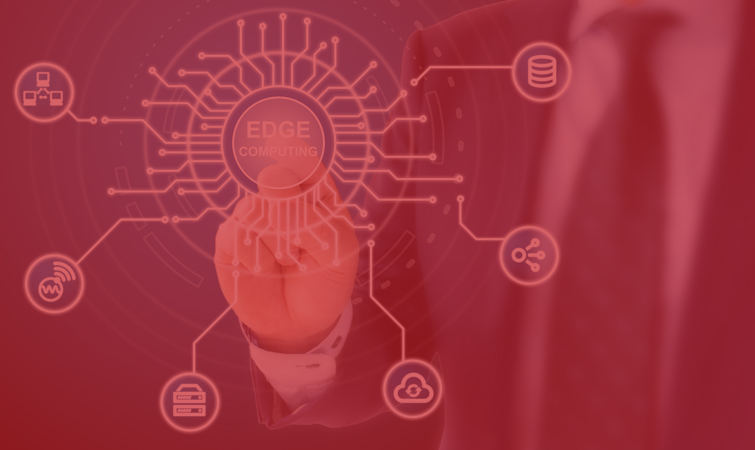Which Factors Have Made Edge Computing Cheaper And Easier?

Edge computing is a technology that is gaining traction as it makes certain processes more efficient. It is particularly relevant in the integration of Internet of Things devices which can be used to collect data for better services. Its rise in prominence has been largely because of factors that have made it more cost-effective and easier to use.
Exploring What Edge Computing Is
At its core, edge computing is the process of data manipulation and storage at the edge of a network. Rather than having large, centralized data centers, edge computing takes a decentralized approach to data processing, making it quicker and more efficient for users. It is also great for applications that require low-latency and quick response times such as streaming, gaming, and virtual reality.
Edge computing can scale up or down depending on the demand, so companies don’t have to worry about crashes or lagging services. It can also process and store massive amounts of data faster, and offer more responsive applications, while lowering the costs associated with energy and infrastructure.
The Reason Edge Computing Is Getting Cheaper and Easier
Cloud computing has been a major player in the IT industry, and edge computing is gaining more influence due to how cost-effective and easy to use it is. Cloud computing has its benefits, but it has also seen major drawbacks when it comes to dealing with huge amounts of data and big events such as data breaches. On the other hand, edge computing has several features that have made it cost-effective and easier to use.
One of the greatest benefits of edge computing is its distributed model. Instead of relying on a centralized data center to process and store data, edge computing takes a decentralized approach. Data is collected from multiple devices and sent to edge nodes that can be used for processing and analysis. This allows for faster access to data and more efficient services.
Edge computing also requires less power, as the devices that are used to collect and process data are much smaller than the large data centers that are typically used in the cloud computing model. This makes it a much more cost-effective option as it requires less power, and it also reduces the costs associated with energy and infrastructure.
What Edge Computing Can Do
The rise in edge computing has allowed companies to take advantage of a wide range of technologies, such as machine learning, connected devices, and more. This has allowed companies to gain insight into customer behavior and preferences and to better understand the data they collect from their customers. It also allows companies to offer more responsive services and to better support their customers.
Edge computing also enables better scalability and improved security. It allows companies to scale up their services to meet the needs of their customers, and it also provides better security as data is stored in edge nodes instead of large data centers. This makes it less vulnerable to cyber-attacks and helps to keep customer data safe.
Conclusion
Edge computing is gaining prominence as it allows companies to take advantage of many technologies and offer more efficient services. Factors such as distributed models, less power consumption, scaling, and improved security have made edge computing cheaper and easier to use. As a result, businesses of all sizes are taking advantage of this technology to increase their efficiency and reduce costs.
Post a Comment for "Which Factors Have Made Edge Computing Cheaper And Easier?"